Exploring the World of Backgammon
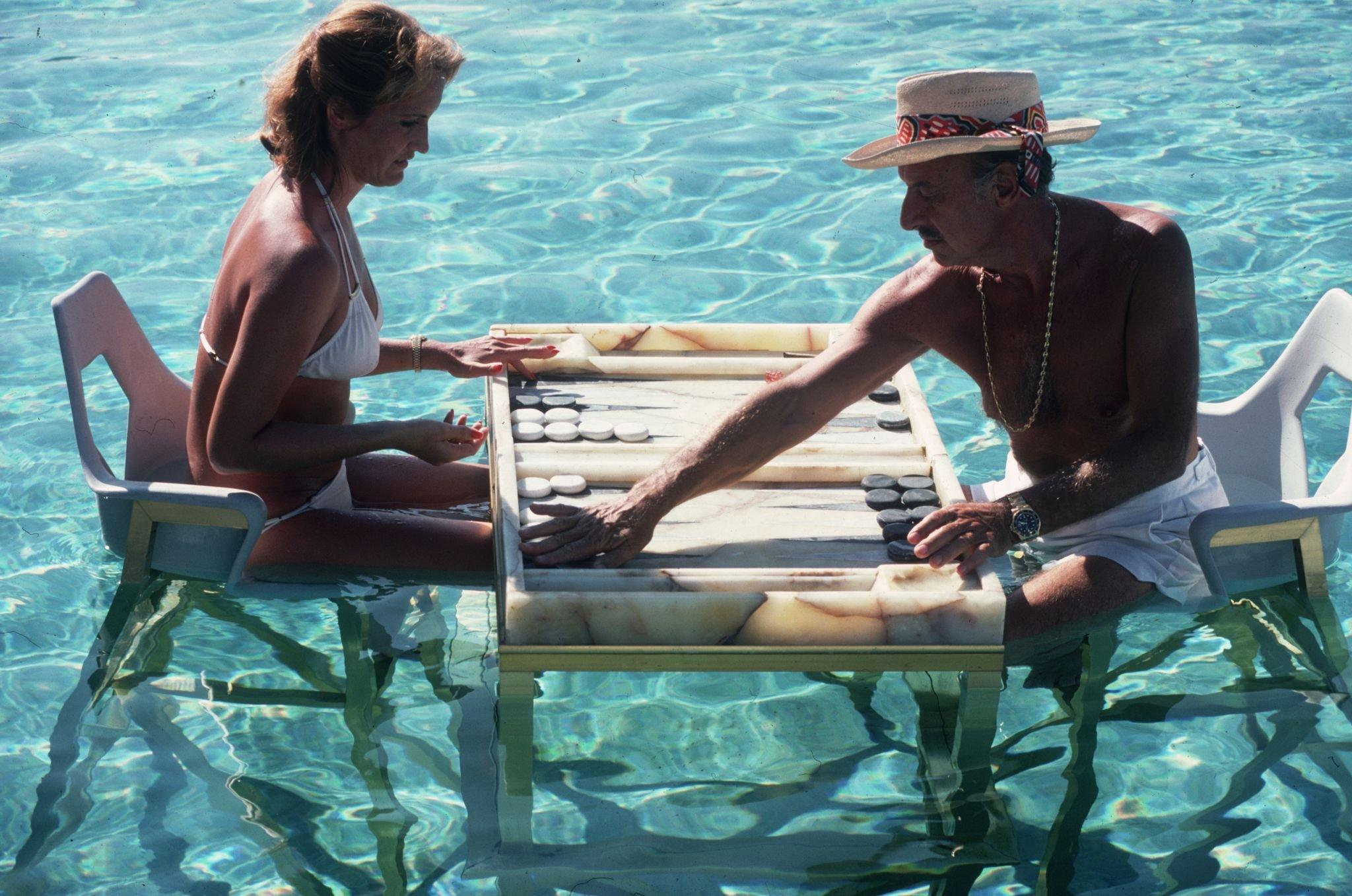
The game is simple.
Exploring the World of Backgammon
By Antonia Fest
September 25, 2023
It is peculiar and perhaps also comforting to know that humankind has been playing games since the very start of civilisation. It is further fascinating to understand just which games have lasted through the years. Among the few is Backgammon, an exceptionally simple and exceptionally addictive pastime. Whilst the name only dates to 1645 (it was previously known as ‘tables’) the game has been around for thousands of years.
Its origins are somewhat contested but it is likely to date to around 5000 years ago in Mesopotamia (modern-day Iraq). It has been adapted since its beginnings not least to mention the material used for the equipment ; remains of backgammon dice made from human bones have been dug up in the area of its supposed inception! Its influence quickly reached all corners of the world. It was played by the greatest leaders of ancient civilisations (Emperor Claudius and Nero were two prolific gamers) yet Backgammon is considered one of the most democratic games to date. It requires no language and numerical skills nor cultural knowledge to master the board. The rules are learned in a heartbeat and the game is played for a lifetime.
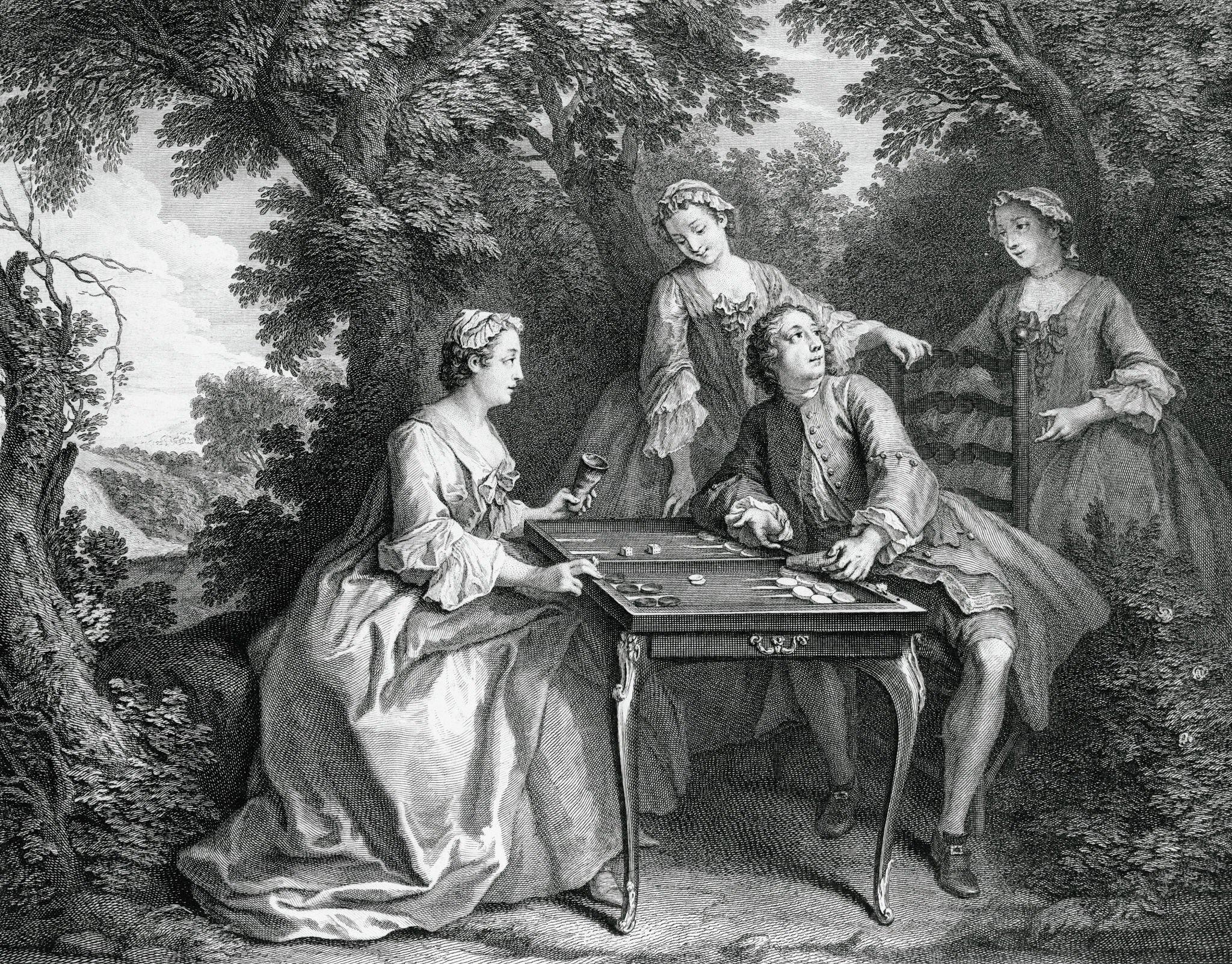
The game is simple: there is a backgammon board, 15 white checkers, 15 black checkers and two dice. Upon the board are 24 narrow triangles which alternate in colour and are grouped into 4 quadrants. Each player has a home board and an outer board made of six triangles which face the other player. The goal of the game is for each player to move all their checkers onto their home board before beginning to remove them from the game entirely. The first player to remove all their checkers from the board wins.
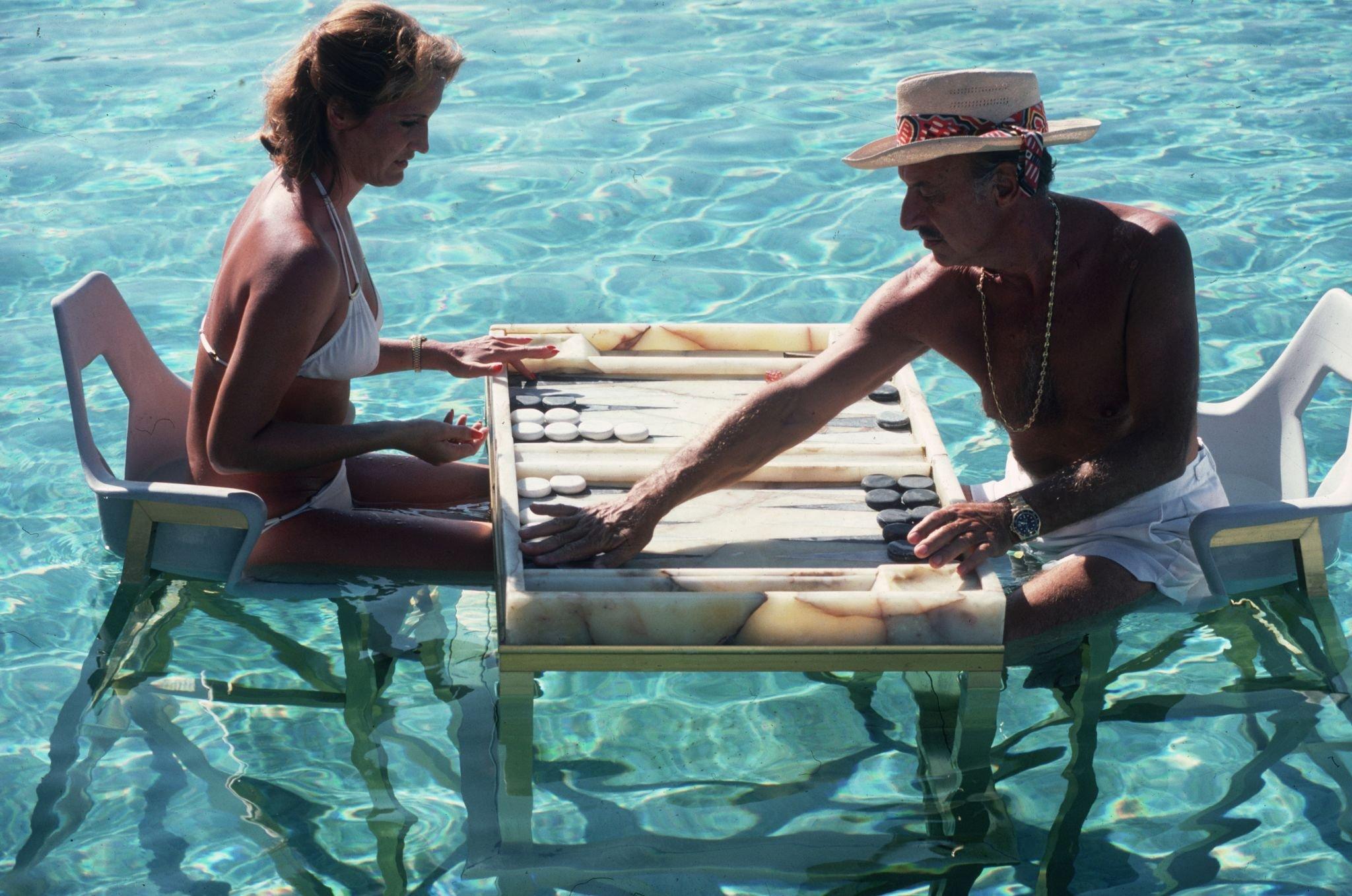
So widespread and adored was Backgammon, that since antiquity, artworks have depicted players enjoying the well-known game. Scenes have been discovered in the frescoes of Pompeii, in Chinese watercolours, in Flemish oil paintings, and in French sketches. It is believed that its veritable arrival into Europe came from the Crusaders in the 11thcentury who learnt backgammon in the Holy Land. During the Middle Ages, it was one of the clergy and nobility’s favourite pastimes and for knights, who were also given the privilege to play. It is a game which has almost never gone out of style. Almost. Backgammon experienced a lull in the roaring 20s when fast-paced, frenetic lifestyles saw no need for a contemplative game such as Backgammon. Enter, the doubling cube which allows players to significantly raise the stakes and win or lose big. From that moment onwards, the game surged once more in popularity. Addressing its renaissance, ‘Harper’s Bazaar’ magazine further bolstered its reputation by declaring that “At a time when booms of any kind were considered distinctly out of style, the game of Backgammon entered upon the greatest boom of its long life.”
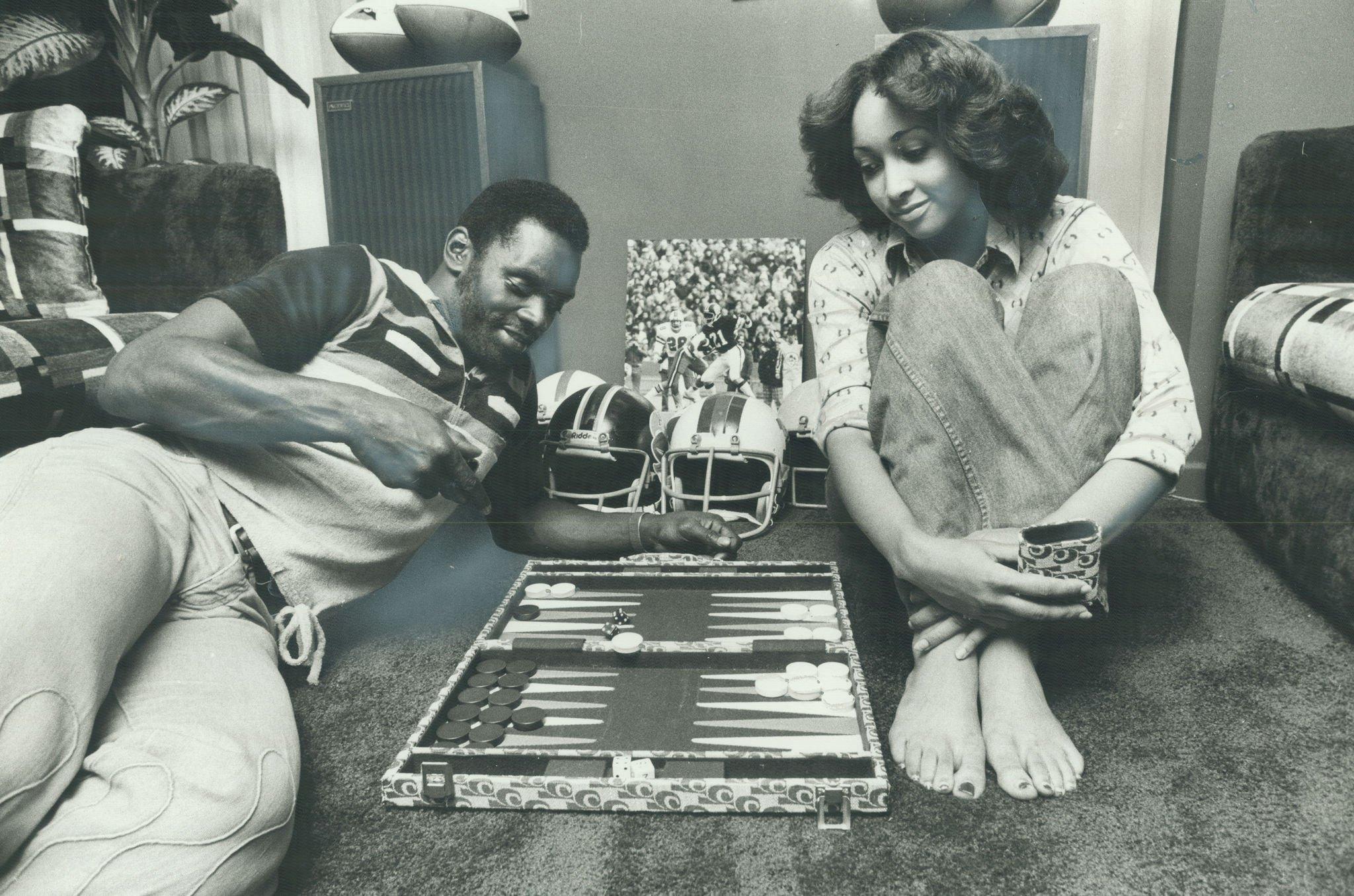
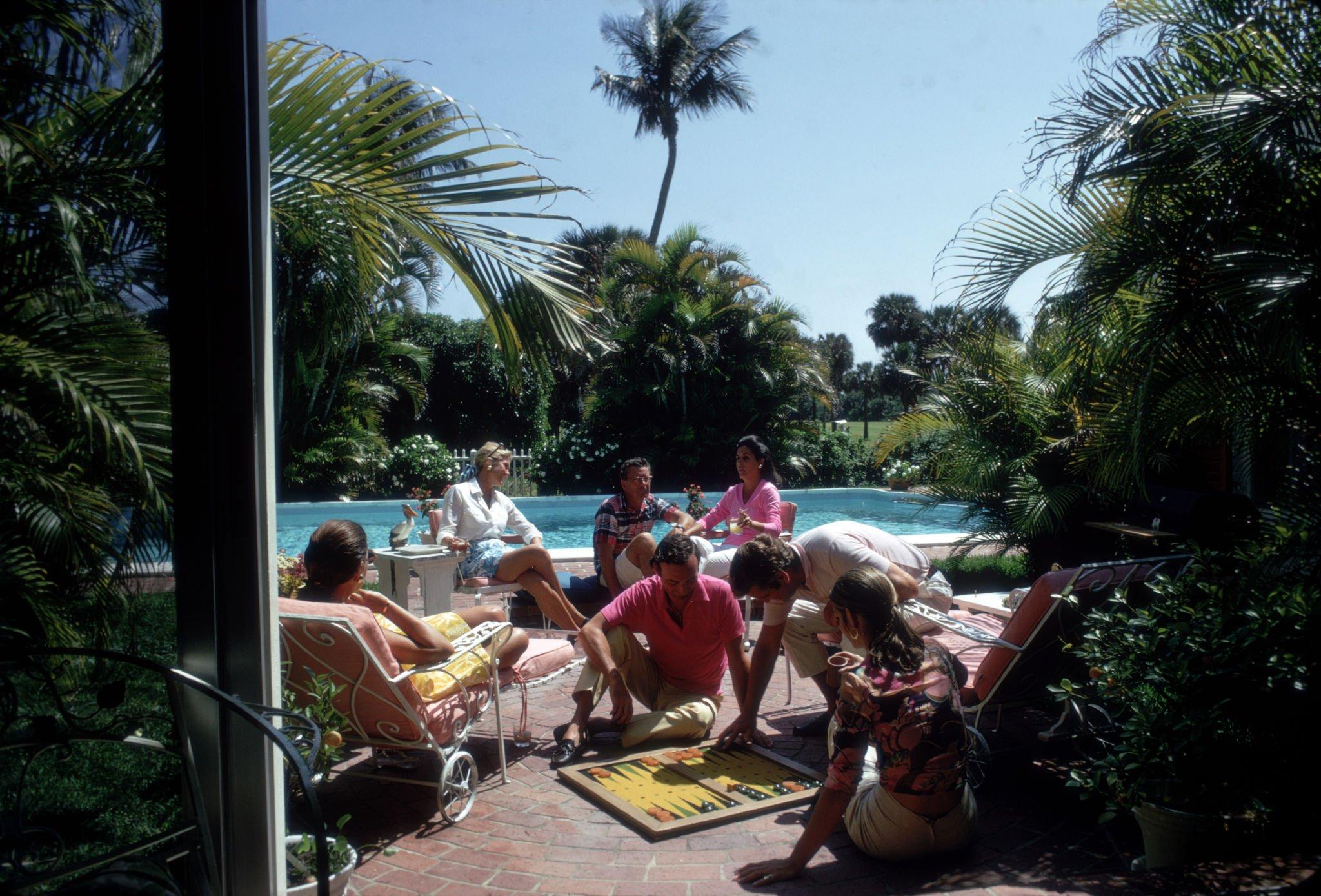
In the 16thCentury, Backgammon suffered the harsh criticism of the church for its money making and therefore, corrupting tendencies. Now, the element of gambling infuses the game with glamour. In the 20thcentury, the introduction of high-stakes games played in bars and clubs added another level of excitement. The silver screen also heightened the appeal, an example of which is James Bond’s ‘Octopussy’ in which our tuxxed-up hero bets a Faberge egg against his opponent and enemy in a particularly tense scene. To this day, international tournaments with vast cash prizes offer the most skilled backgammon players a very lucrative hobby.

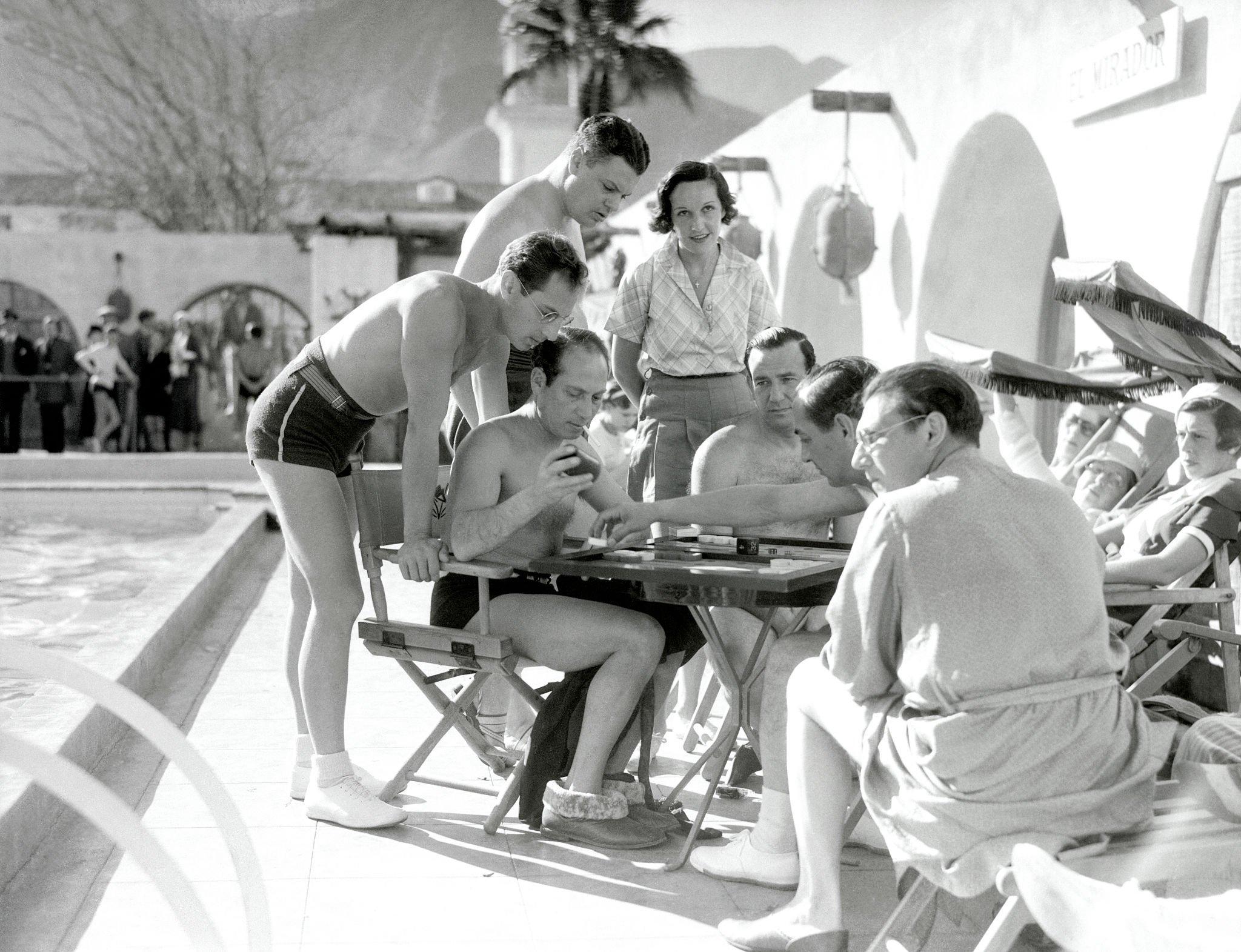
In the distant past, the original materials used for Backgammon were wood, stone, ceramic and of course bone (human or animal) for the dice. As the so-called ‘boom’ of Backgammon continued to consolidate its stylish reputation, carefully crafted and luxurious boards have been produced sometimes just to become a collector’s item rather than a functioning game set. Sleek ebony, shimmering mother of pearl, veiny marble, smooth leather and pure gold are just some of the extravagant materials that are used for boards and which Emperor Claudius could only have dreamt of (although he had a backgammon table installed into his chariot for more tedious journeys).
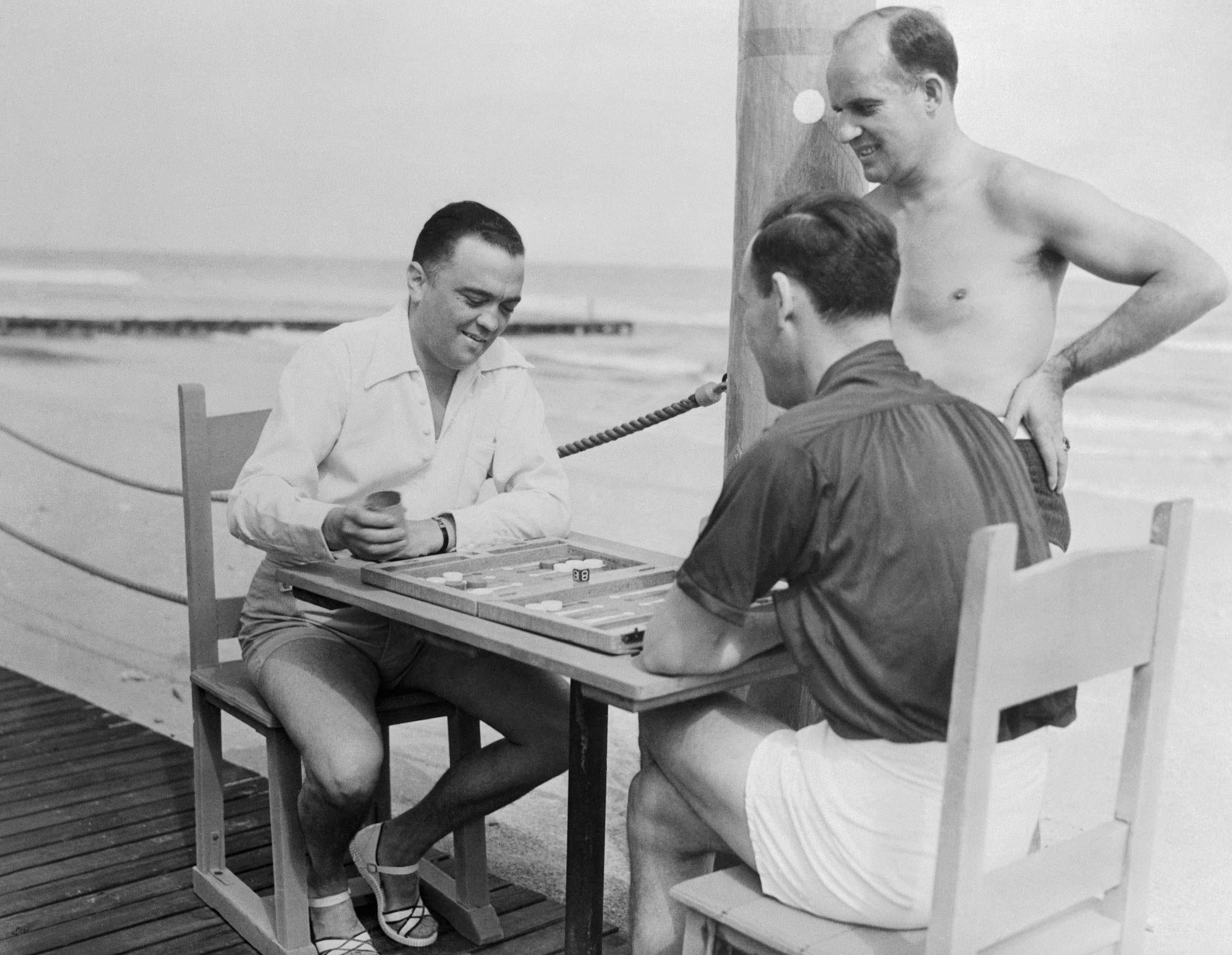
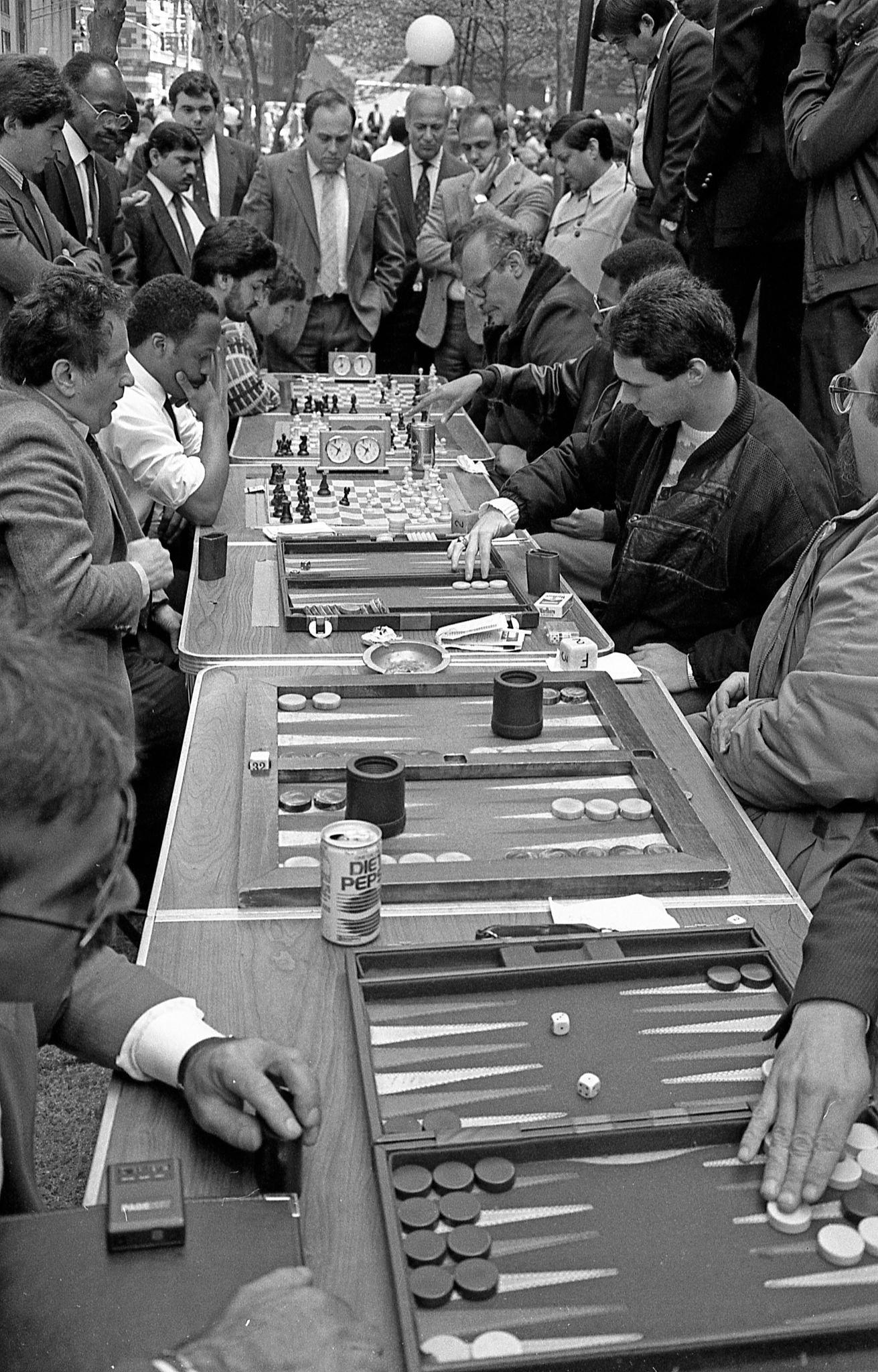
Regardless of whether it is a lavish or more humble Backgammon board, their portability adds to their popularity. The board can simply be folded up and carried away with all the pieces lying inside awaiting the next flat surface to be played on. Its compact design means that Backgammon is played at tables, on beaches, in bars, on planes, in parks, on benches, in beds, on floors… There are few places which hinder the game from proceeding successfully.






